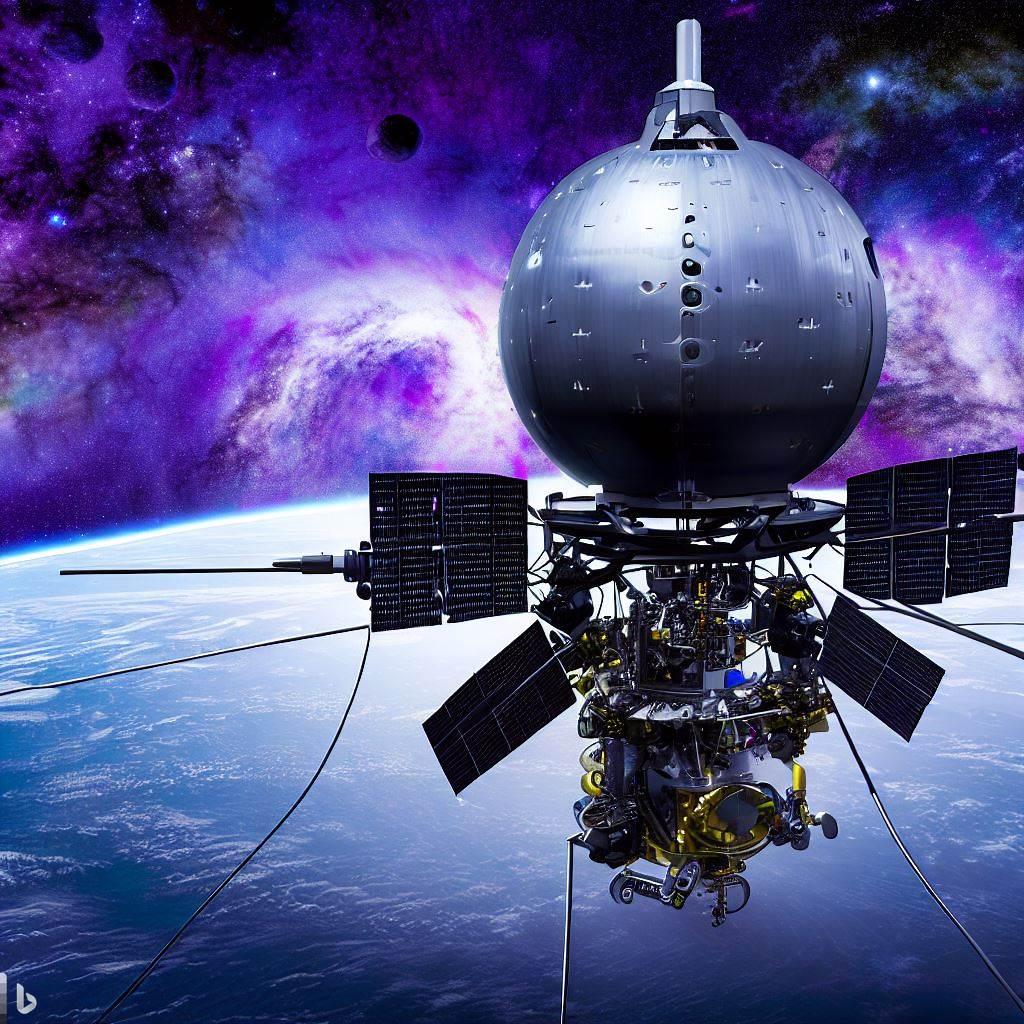Space technology is one of the most exciting and dynamic fields of science and engineering. Every week, there are new discoveries, inventions, and applications of space technology that can change the world for the better. In this article, we will highlight some of the most impressive and interesting startups and new technologies in space that happened in the past week.
The 15 Indian Spacetech Startups Winning The Space Race
India is emerging as a major player in the global space industry, thanks to the efforts of its public and private sectors. India recorded a historic 2022 with its first private rocket launch and multiple other satellite launches, grabbing the eyeballs of the world over. Last year alone, as many as 100 spacetech startups got registered with the Indian Space Research Organisation (ISRO). The growth has come on the back of approximately $205 million in funding raised by India’s spacetech startups across 30+ deals between 2014 and May 2023.
Some of the notable Indian spacetech startups that are winning the space race are:
- Agnikul Cosmos: A startup that is developing a small satellite launch vehicle called Agnibaan, which can carry up to 100 kg of payload to low Earth orbit. The startup aims to offer on-demand and affordable access to space for small satellite operators.
- Bellatrix Aerospace: A startup that is developing innovative propulsion systems for satellites and launch vehicles, such as electric thrusters, green propellants, and orbital transfer vehicles. The startup also plans to launch its own small satellite platform called Chetak.
- Dhruva Space: A startup that is providing end-to-end solutions for small satellite missions, such as design, development, testing, launch, and operations. The startup also offers satellite data analytics and consulting services.
- Digantara: A startup that is developing India’s first in-orbit space debris monitoring and tracking system, using a network of ground-based radars and optical sensors. The startup aims to provide situational awareness and collision avoidance services for satellite operators.
- Pixxel: A startup that is building a constellation of high-resolution Earth observation satellites, which can provide real-time and actionable insights for various sectors such as agriculture, forestry, mining, urban planning, and defense.
These are just some of the examples of the Indian spacetech startups that are making waves in the space industry. These startups are not only contributing to India’s space ambitions, but also creating value for the society and the economy.
China’s Tianzhou-3 Mission: A Cargo Delivery to the Tiangong Space Station
China is also advancing its space capabilities with its ambitious space station program. China successfully launched a cargo spacecraft to deliver supplies and equipment to the Tiangong space station on September 20, 2021. The launch took place from the Wenchang Spacecraft Launch Site in Hainan province.
Tianzhou-3 is the third cargo spacecraft developed by China for its space station program. Tianzhou-3 carries about 6 tons of cargo, including food, water, fuel, experiments, and two robotic arms. Tianzhou-3 will dock with the Tianhe core module of the Tiangong space station, where three Chinese astronauts are currently residing as part of the Shenzhou-12 mission.
Tianzhou-3 is an essential mission for China’s space station program, which aims to complete the construction and operation of a modular orbital outpost by 2022. The Tiangong space station will serve as a platform for scientific research, technological development, and international cooperation in space. China plans to launch more cargo and crewed missions to the Tiangong space station in the coming months.
SpaceX’s Inspiration4 Mission: A Historic All-Civilian Orbital Flight
SpaceX is a leading private company in the space industry, known for its reusable rockets and innovative projects. SpaceX made history by sending four civilian astronauts into orbit for three days on September 15, 2021. The launch took place from NASA’s Kennedy Space Center in Florida.
Inspiration4 is the first orbital flight to feature an all-civilian crew, without any professional astronauts on board. The crew consists of Jared Isaacman, a billionaire entrepreneur who funded and commanded the mission; Hayley Arceneaux, a childhood cancer survivor and physician assistant; Sian Proctor, a geoscientist and educator; and Chris Sembroski, a data engineer and veteran. The crew was selected to represent four pillars of the mission: leadership, hope, generosity, and prosperity.
Inspiration4 is also the first orbital flight to use SpaceX’s Crew Dragon spacecraft without docking with the International Space Station (ISS). Instead, the spacecraft orbited Earth at an altitude of about 575 kilometers (357 miles), higher than both the ISS and the Hubble Space Telescope. The spacecraft featured a glass dome window that offered stunning views of Earth and space to the crew. The spacecraft also carried various payloads for scientific research and charitable causes.
Inspiration4 is a historic mission for space tourism and exploration. It demonstrates that ordinary people can access space safely and affordably with private companies like SpaceX. It also inspires people around the world to pursue their dreams and passions in space. It also raises awareness and funds for various humanitarian issues such as childhood cancer treatment and environmental conservation.
Conclusion
These are some of the new and interesting startups and new technologies in space that happened in the past week. These advancements show how space technology can be used for various purposes, such as scientific discovery, technological innovation, and social impact. These advancements also show how space technology can be accessible, diverse, and beneficial for everyone.
We hope you enjoyed reading this article and learned something new about space technology. If you have any questions or comments, please feel free to contact us. We would love to hear from you.









Add a Comment: